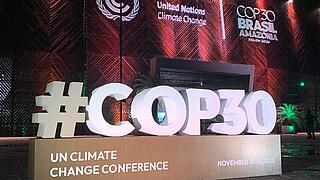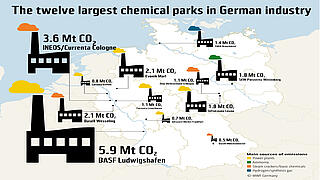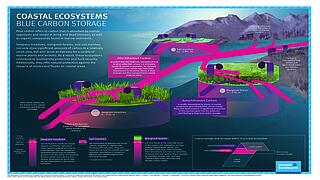Germany aims to reduce its greenhouse gas emissions from transport to 85 million tonnes – almost half the 2019 figure – by 2030. Climate change mitigation in the transport sector must become more equitable at the same time: at present, there is a high level of inequality in access to mobility. More than 40 per cent of low-income households do not own a car, relying instead on public transport, walking and cycling. Public transport costs have increased in recent years and there are gaps in provision, particularly in rural areas. At the same time, many of the current transport policy instruments disproportionately benefit high-income car drivers. It is therefore essential to ensure that policy instruments are equitable if they are to gain acceptance within society. Rather than conflicting with each other, climate action and social equity are often mutually reinforcing.
The Oeko-Institut’s researchers analyse and assess transport policy measures to determine whether they are both climate-friendly and socially equitable. Their research focuses on inequalities in access to mobility across society, looks at the impacts of transport-related climate policies on various social groups and aims to identify which measures are necessary in order to facilitate more equitable, low-carbon mobility for everyone.













